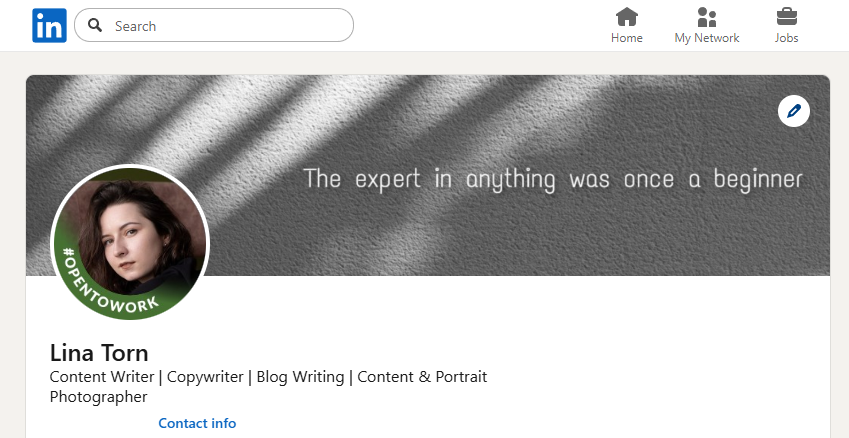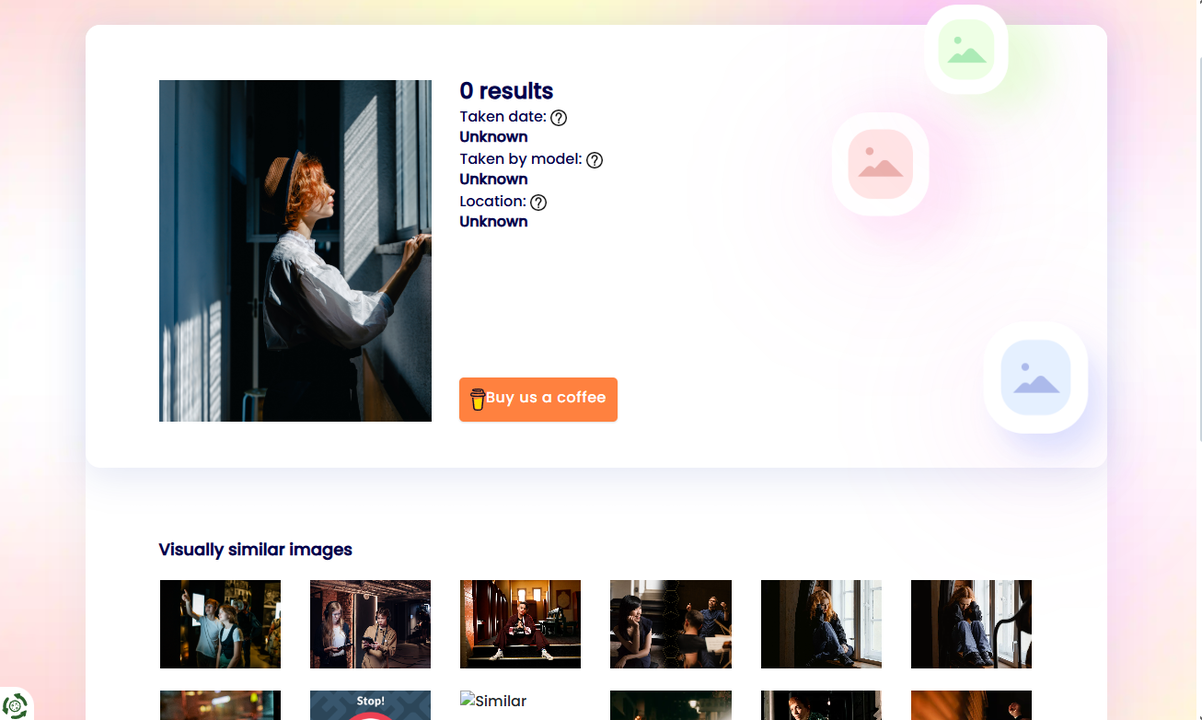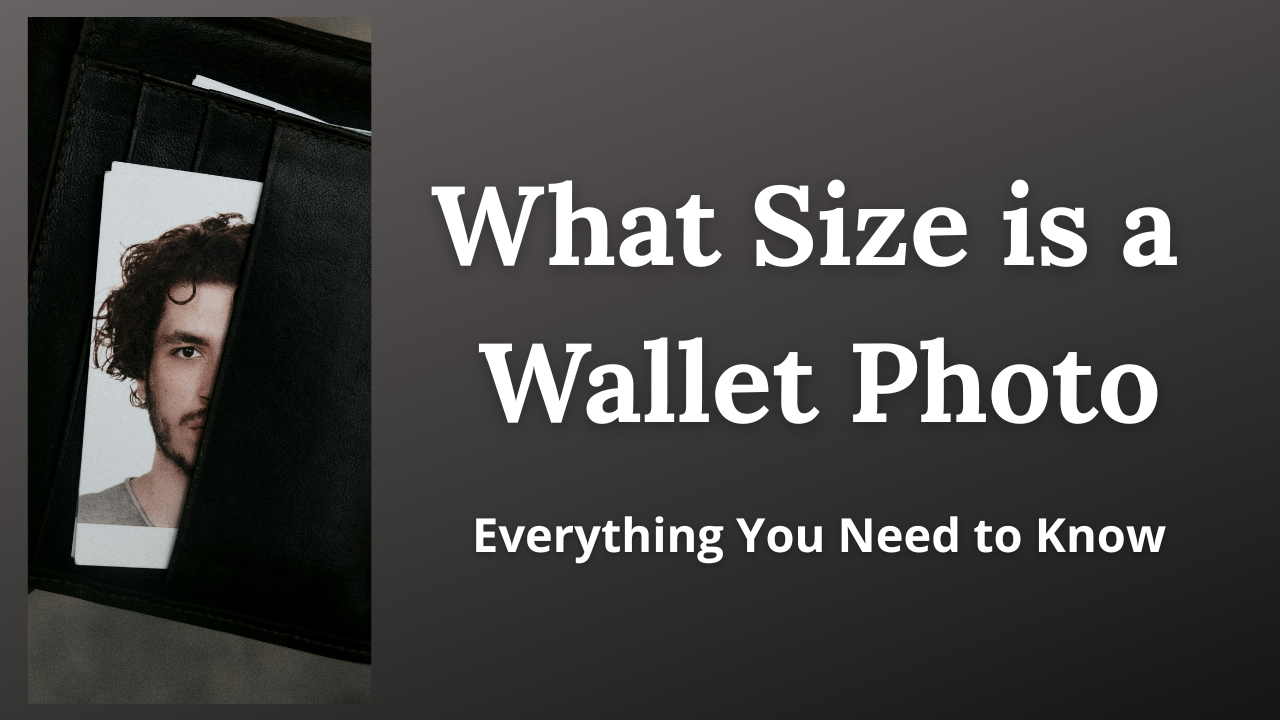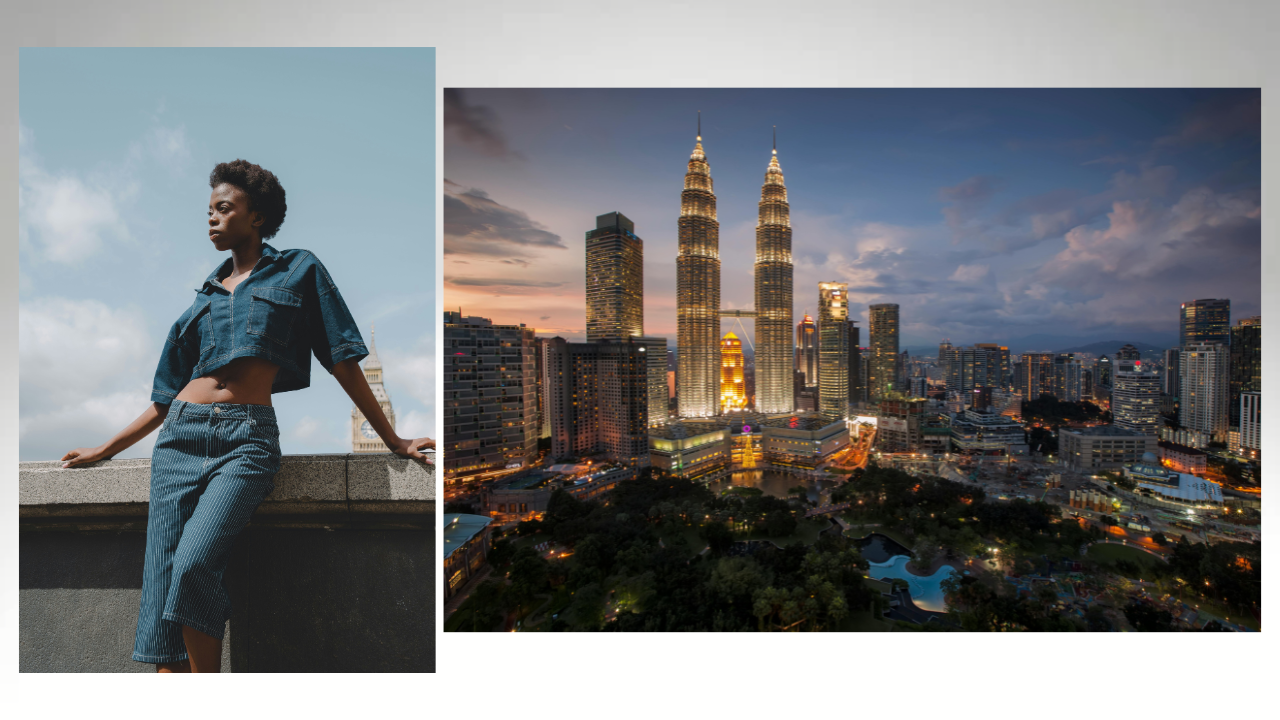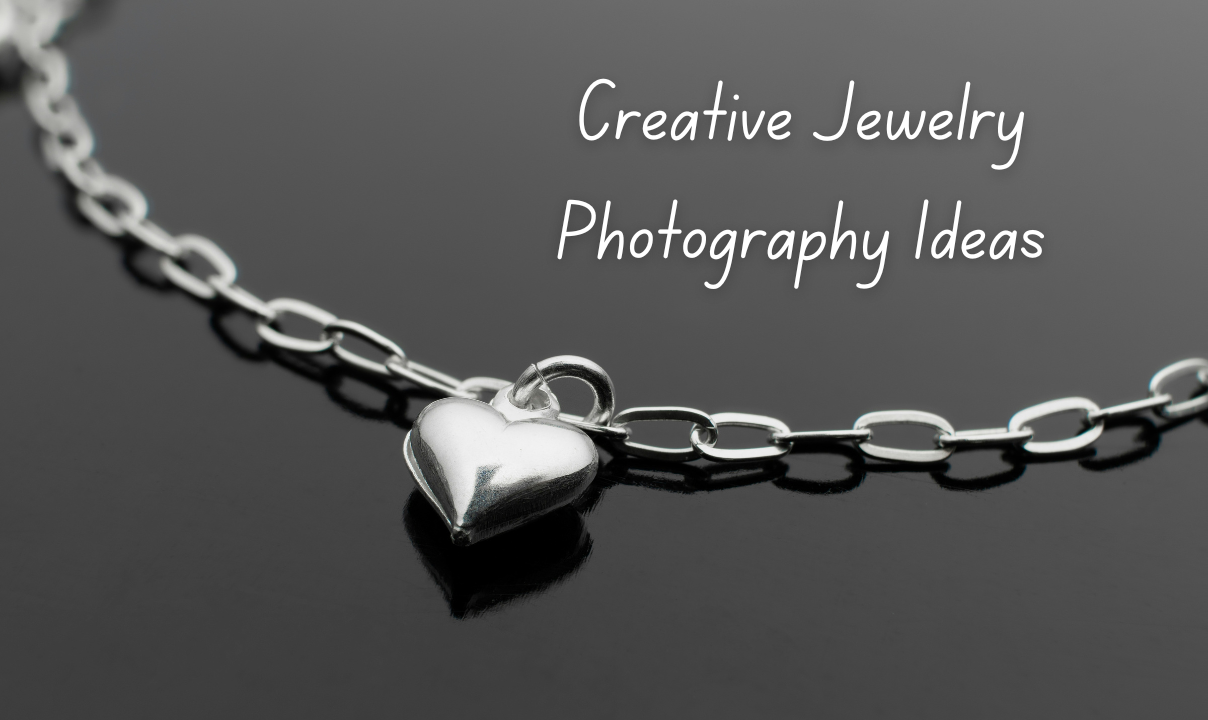Your LinkedIn profile plays a key role in shaping how others perceive you in the professional world. Over 1 billion professionals worldwide use this platform to network, find opportunities, recruit talent, and advance their careers.
Category "Photography"
In today’s digital world, it takes just a few clicks to copy and share an image. While some people give proper credit, others shamelessly violate copyright laws by stealing photos without permission. For this reason, it’s a must for photographers, artists, and content creators to protect all the work they share online and claim their rights. But how can you check if your photo has been stolen? And what can you do about it?
You might be under the impression that it doesn’t really matter whether you choose to frame your shot using the portrait or landscape orientation. But that couldn’t be further from the truth. Because it actually influences the storytelling, the perception of the main subject, and the emotional impact quite significantly. Keep in mind that photography is kind of an art of illusion. You are responsible for what’s included into the frame and what’s not. Choosing the right orientation can help you provide the necessary context and evoke exactly the emotions that you want.
It’s no secret that jewelry photography can be quite tricky. Your sense of composition has to be spot on because it’s really easy to make jewelry photos look too busy: add one extra prop and the overall balance is disrupted. In portrait photography, for instance, you can try various vantage points – shoot really close or from afar, shoot from up or below, and so on. But since jewelry tends to be quite small, the majority of your photos will be closeups and macro shots; otherwise, buyers won’t be able to see all the details properly. At the same time, your photos have to be gripping and dynamic enough to grab the attention of potential clients and customers. That’s quite a challenge, indeed.
 Visual Watermark
Visual Watermark by
by 